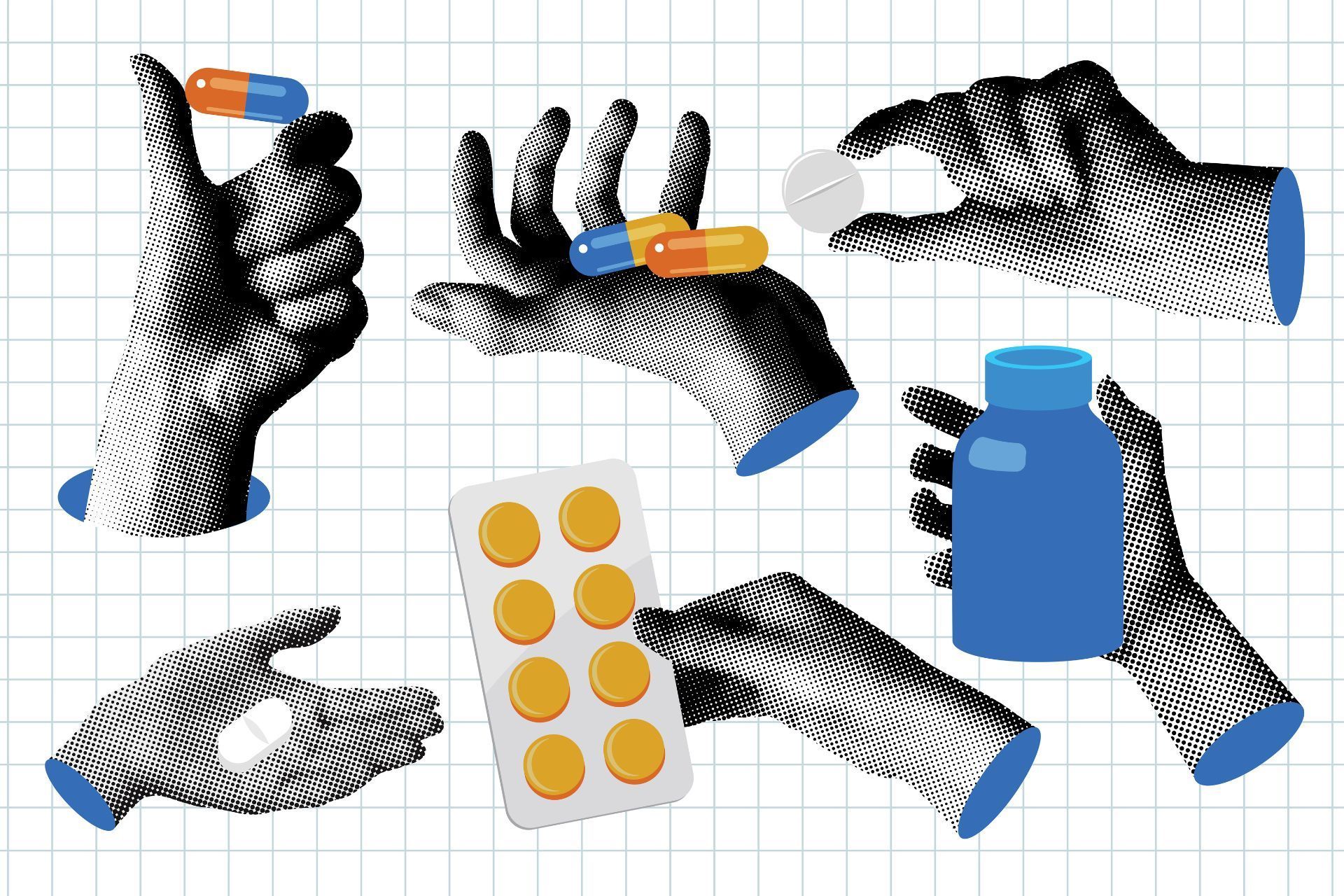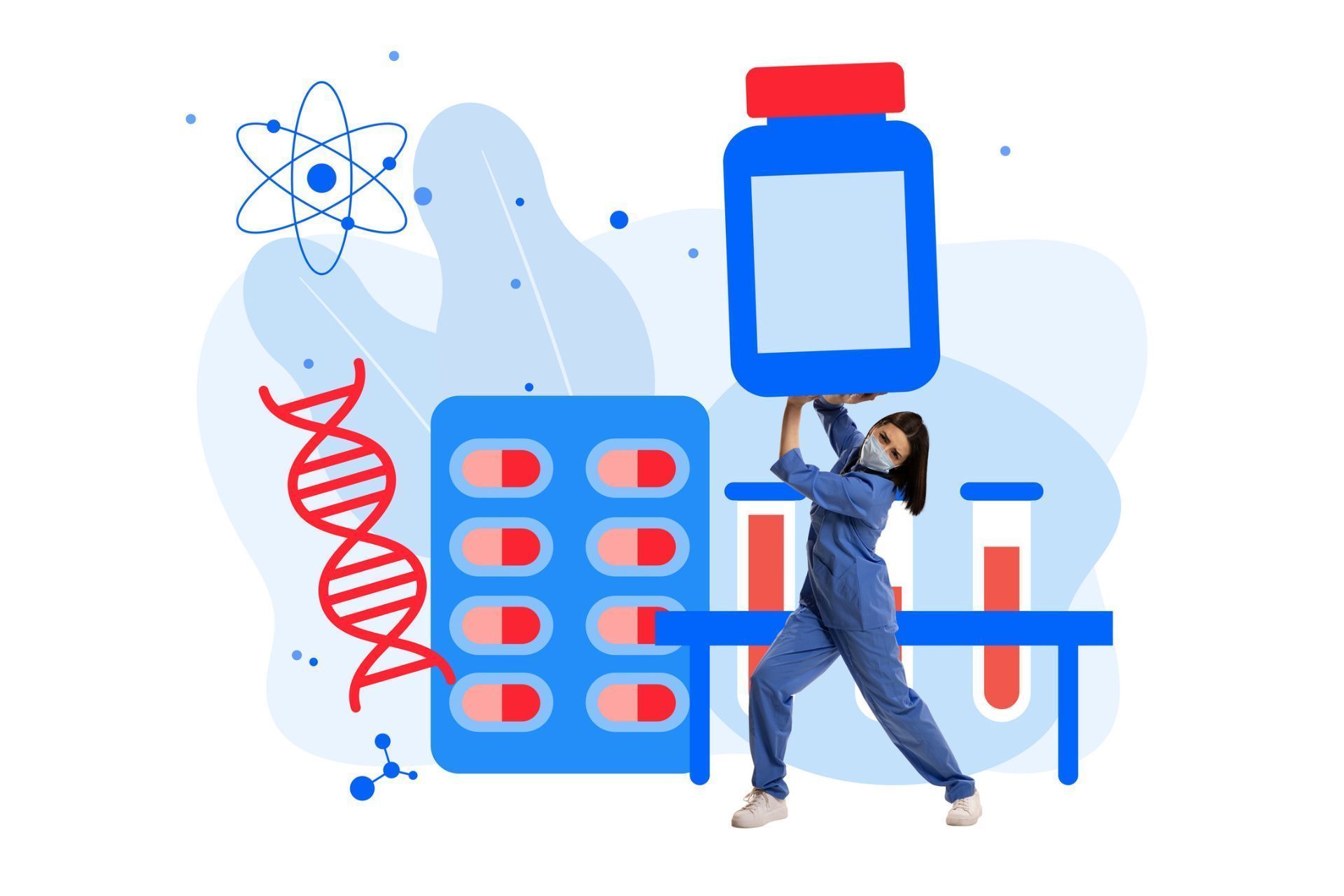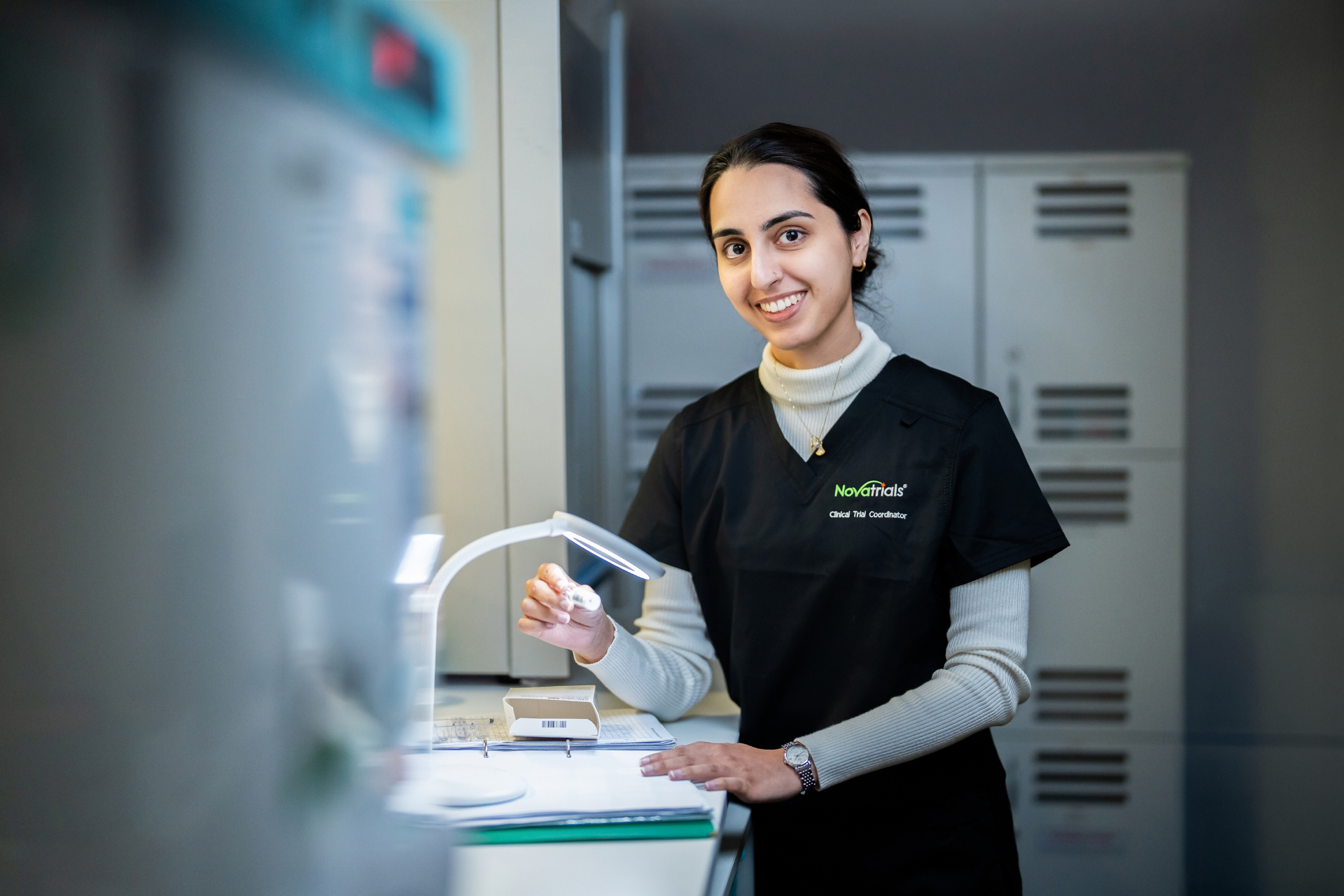What are Clinical Trial Phases?
30 April 2025
What are Clinical Trial Phases?
Have you ever wondered how new medicines make their way from a scientist's laboratory to your local chemist? The journey is longer and more careful than you might think, involving several important steps called clinical trial “phases”. Let's explore what these phases are and why they're so crucial for keeping us all safe and healthy.
Think of it Like Learning to Drive
Imagine learning to drive a car. You wouldn't jump straight onto the highway on your first lesson, would you? Instead, you'd start in an empty car park, then move to quiet streets, and gradually work up to busier roads. Clinical trials work in a similar way – they test new treatments step by step, only moving to the next step once the previous step is confirmed as safe and effective.
Phase I: The First Steps
In Phase I trials, researchers test a new treatment on a small group of people, usually between 15 to 30 volunteers. This phase is all about safety – scientists want to know if the treatment causes any harmful side effects and what dose works best. It's like that first driving lesson in the car park, where you're just learning the basics without any pressure.
Phase II: Building Confidence
Once Phase I shows the treatment is safe, Phase II trials involve more people – typically 100 to 300 participants. Now researchers are looking at whether the treatment actually works against the disease or condition it's designed to treat. They're still watching carefully for side effects, but they're also asking the important question: "Does this treatment help people get better?"
Phase III: The Real Test
Phase III is where things get serious. These trials can involve hundreds or even thousands of people across multiple clinics and research centres. Researchers compare the new treatment with existing treatments (or sometimes a placebo) to see which works better. This phase provides the strongest evidence about whether a new treatment should be approved for everyone to use.
Phase IV: Keeping Watch
Even after a treatment is approved and available at your local chemist, scientists continue monitoring it through Phase IV trials. They track any long-term effects and make sure the treatment continues to work well for different groups of people in real-world conditions.
Why This Matters to You
These careful phases protect Australian clinical trial participants by ensuring that only safe and effective treatments reach our healthcare system. The
Therapeutic Goods Administration
(TGA) reviews all this evidence before approving new medicines for clinical use across Australia.
Understanding clinical trial phases helps you make informed decisions about your healthcare and appreciate the rigorous process that keeps our medicines safe and effective.




